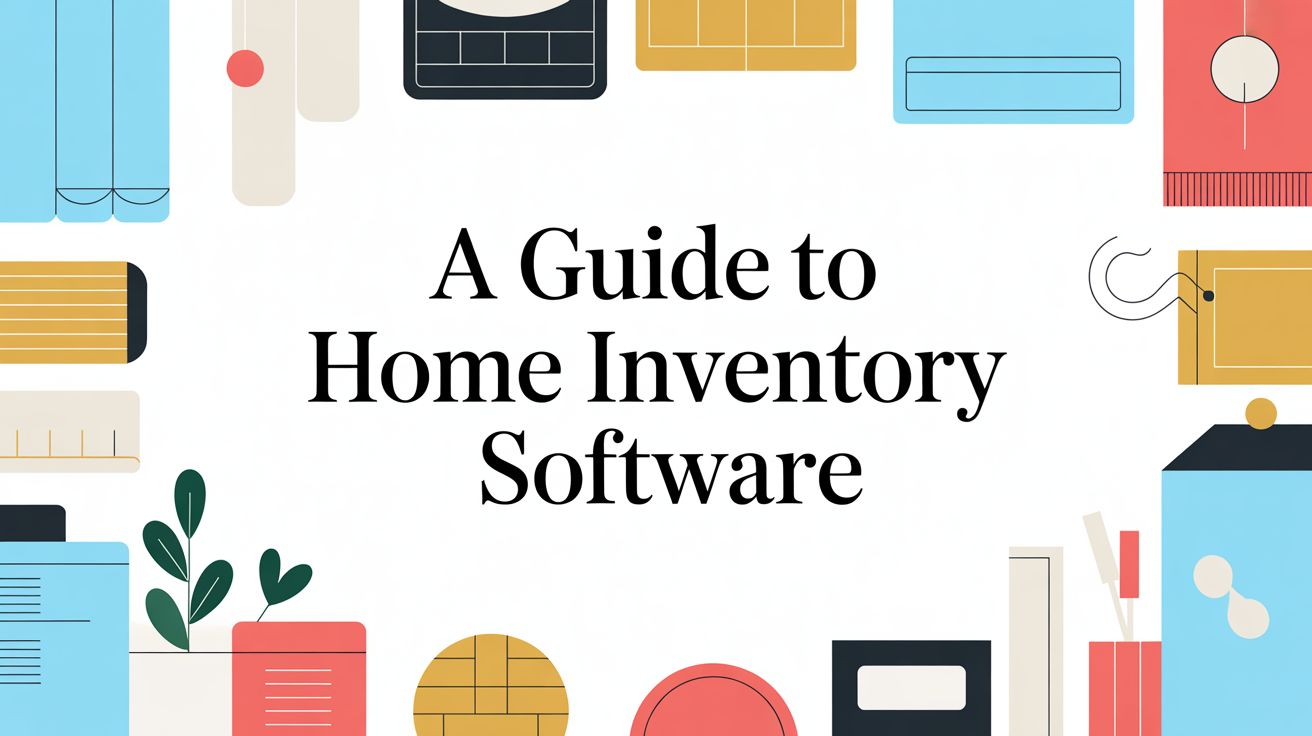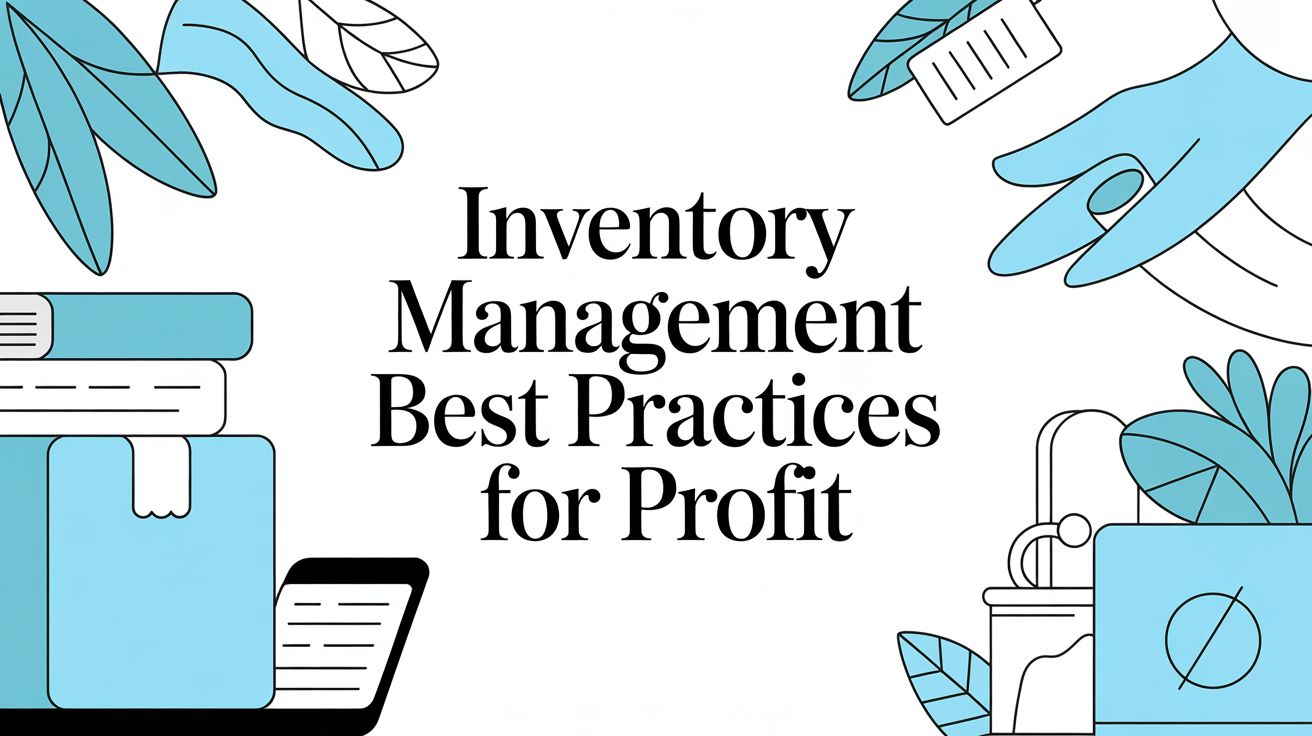Imagine your home is suddenly gone, a fire, a flood, maybe a burglary. Could you list every single item you owned from memory? One Reddit user recounted how their friends faced this exact nightmare after a house fire: “The insurance wanted a list of EVERY item, right down to every book on the shelf, every pillowcase and towel.” It took the couple months to remember everything they’d lost – an incredibly stressful process[1][2].
Most of us accumulate far more than we realize. Yet less than half of homeowners have any sort of home inventory ready[3]. It’s easy to procrastinate, but if disaster strikes, a little preparation can save you countless headaches. “You never think you’ll need it, but having to go through all the contents of a destroyed house is extremely difficult,” one user warned, after vowing to never be caught unprepared again[4]. In the chaos of loss, you’re unlikely to recall every pair of shoes, every kitchen gadget, every tool in the garage, and all those small items add up to thousands of dollars[5]. As a wildfire survivor put it, you should “open every drawer and take a picture” now, because later on “you will have to make a list of everything lost… Down to a god damn spatula. You can’t possibly remember every item… But they all add up.”[5]
Why You Need a Home Inventory
A detailed home inventory is gold when dealing with insurance. It’s proof of what you owned and what it was worth. This can speed up claims and ensure you get fully compensated for your losses[6]. Without documentation, insurers might default to low-ball values. As one Redditor explained, “If you have a specific toaster that cost $100, you better know which one it is, otherwise you’re just going to get $30 for a generic toaster.”[7] In other words, recording the make, model, and value of your pricey items could mean the difference between a cheap replacement and the real value of your belongings.
Moreover, creating an inventory can reveal whether your insurance coverage is sufficient. When one person catalogued everything they owned, they gained “peace of mind… knowing that I have enough insurance to cover everything, since I have a sum price of all items.”[8] You don’t want to find out after a loss that you were underinsured. An up-to-date inventory helps you set the right coverage limits before something happens[9].
Finally, an inventory isn’t just for worst-case scenarios, it can bring everyday benefits too. Some people use it to track their collections or remember where and when they bought things. It can even help with maintenance and warranties (imagine easily pulling up the model of your lawnmower or the receipt for your fridge). But the primary value is in that moment of truth when you need to file a claim. It removes uncertainty and anxiety from an already traumatic event.
How to Create an Insurance-Ready Inventory
Good news: making a home inventory doesn’t have to be a tedious marathon of writing down every fork and sock. You can work smarter, and even leverage technology, to get it done. Here are some practical steps, combining advice from real homeowners:
- Capture Everything Visually (Video or Photos). The easiest starting point is to use your smartphone to film a walk-through of your entire home. Walk room by room and open every drawer, cabinet, and closet as you go. Narrate the video, mentioning important items and details (e.g. “4K Samsung TV, bought 2022”) to jog your memory later[10]. One Redditor admits, “There is no way I’m keeping spreadsheets of the shit I own – that sounds insane. Honestly, just film a video… make sure to note any expensive items… Upload to the cloud.”[10] This video tour will serve as a baseline record of your possessions. Make sure to back it up – store it in the cloud or on a drive outside your home, so it survives even if your computer or phone doesn’t[11][12]. (Tip: You can also take still photos of each room and key items. Some find photos easier to scan later for details, especially if you capture serial numbers or model codes.)
- Itemize Your High-Value Items. Once you have broad visual proof, it pays to create a written inventory for big-ticket items. You don’t need to list every book and t-shirt, but do record expensive and important belongings. This can be as simple as a spreadsheet (Google Sheets, Excel, etc.) or a notes app. List the item name, description, brand/model, purchase date, and price or estimated value. Include serial numbers for electronics or appliances, and consider attaching receipts for proof. “You will have much better success getting things replaced if you catalog them,” one user noted from experience[7]. If you know your couch is a West Elm sofa that cost $1,500, write that down, it helps the insurer replace like-for-like rather than a generic cheap couch. Some folks set a dollar threshold (for example, only logging items worth over $100)[13], so the task doesn’t feel endless. Focus on what would really hurt to lose or be hard to remember under stress.
- Use Tools to Make it Easier (Optional). If spreadsheets aren’t your style, there are home inventory apps and templates that can simplify the process. Many apps let you snap photos of items and will store the details for you. A few even try to estimate value automatically via AI (as mentioned by users of apps like Vorby). Others, like some Redditors, swear by using Airtable or Notion to build a custom inventory database[14][15]. The method is up to you, what matters is that you get the information recorded in some organized way. Even a paper list with photos in a folder is better than nothing, if that’s what you’ll actually keep up with. Choose whatever method you’re most likely to maintain.
- Back Up and Safeguard Your Inventory. An inventory won’t help you if it perishes along with your belongings. Always keep copies off-site. If you wrote it down or printed it, store a copy in a safe deposit box or at a friend’s house. If it’s digital, save it to a cloud service (Google Drive, iCloud, Dropbox, etc.) or at least email the file to yourself[16]. This way, even if your computer and backup drive are destroyed, you can still access your records. As one disaster survivor emphasized, “Upload your photos to the cloud so you can access them even if all your computers and devices are destroyed.”[5] It’s also smart to password-protect or encrypt sensitive info (like documents with serial numbers or receipts) in case someone else accesses your files. But the key is: get your inventory out of your house (digitally or physically) once it’s done.
- Keep It Updated. A home inventory is a living document. Set a reminder to update it periodically, at least once a year, or any time you make a major purchase or purge a lot of stuff. Some homeowners pair this with spring cleaning: each spring, do a quick walkthrough to note any new items and remove things you no longer have. One Redditor does an annual video update, saying he opens “drawers, cabinets, closets, attic… just to have a copy” each year[17]. This keeps the visual record fresh. Additionally, when you buy something expensive, take a minute to add it to your list right away[18]. It’s much easier to do it in the moment than to reconstruct it later. Regular updates ensure your inventory stays accurate and reflects your current possessions (and it will remind you to adjust your insurance coverage if needed).
Ready to Protect What You Own?
An insurance-ready home inventory might feel like a chore, but it’s a one-time effort that could save you months of grief down the road. The next time you’re bored on a weekend, grab your phone and hit record, do a house tour on video. Or fire up a spreadsheet and start with your top 10 most valuable items. Start small, but start now. In the words of an insurance expert, “a little precaution can go a long way in the future.”[19] By creating your home inventory, you’re buying yourself peace of mind. You’ll sleep easier knowing that if fate throws you a curveball, you won’t have to scramble to remember every lost fork and figurine, you’ll already have the details at your fingertips.
Don’t wait for disaster to force your hand. Set aside a bit of time this week to document your belongings. Your future self (and your insurance claim) will thank you when it matters most. Take inventory of your home now, and be ready for whatever comes your way. [20][21]
[1] [2] [5] [8] [9] [14] [15] Has Anybody Created a Home Inventory? : r/homeowners
https://www.reddit.com/r/homeowners/comments/16xc6n2/has_anybody_created_a_home_inventory/
[3] [6] [21] Why a Home Inventory Is More Important Today
https://www.investopedia.com/why-a-home-inventory-is-more-important-today-5182459
[4] [7] [10] [11] [12] [13] [16] [17] [18] Has anyone ever cataloged all their stuff for ins purposes? What's the best way to do it? : r/homeowners
[19] [20] Farmers Insurance® Study Finds Almost Half of U.S. Residents Do Not Have A Home Inventory List Should A Disaster Strike - Mar 20, 2019



